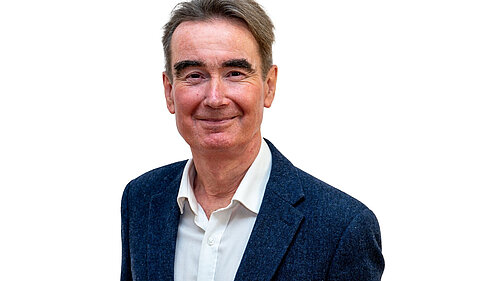Home Truths on the Local Plan

Earlier this month, council approved the new local plan for publication and consultation before it goes to a planning inspector, who will preside over an examination to decide whether the plan meets all the requirements for adoption.
Government sets the number of new dwellings the council must enable developers to deliver; it leaves the council with the unenviable task of selecting appropriate housing sites.
Everyone would prefer to use previously developed land (also known as brown field) but there is nowhere near enough in the borough to accommodate all the new dwellings government requires.
The housing sites in the plan were selected on their availability – the land put forward to us by landowners or developers; suitability – how the sites promoted to us performed against national and local policies and technical assessments; and deliverability – whether a site could be developed during the plan period.
Drawing up any local plan is a highly technical process. Councillors depend on our planning professionals for advice, assessments, and evidence.
To ignore evidence and professional advice would be very foolish. If the inspector at the final examination stage concludes that sites have been included on any other basis than how well they satisfy planning considerations, the whole plan could be rejected.
Guided by evidence and professional advice, Wayne Smith, the Conservative executive councillor who led on planning until 2022, laid the foundations for the current local plan in his second draft plan. That draft identified almost all the sites for new housing, including the principal site of Hall Farm.
My Liberal Democrat colleague Lindsay Ferris requested officers to undertake a thorough review of the sites in the draft plan he inherited in 2022. But once it was clear that Hall Farm was indeed the best in technical terms, with fewer disadvantages and greater opportunities than the other major site options, he accepted the evidence and devoted his efforts to negotiating with the landowner to make the site as good as it could be. He secured a reduction in the number of new dwellings, but still with the level of infrastructure required – including a new secondary school.
Whatever some now claim in the hope of gaining party advantage, the new plan is the fruit of work done under two different political administrations. It’s not any party’s local plan; it’s the council’s local plan.
By approving the plan, the council set the borough on the path to greater security against unsuitable, unplanned, speculative development that none of us want.
By approving the plan when we did, we also gave the council the best chance to meet the tight deadline set by the government for proceeding on the existing number of new dwellings required of us (748 a year) rather than the much higher number (1,308 a year) proposed by ministers.
We will have to begin work on a further plan soon after the recently approved one is adopted, but we will do so protected from speculative development by the shield of our new local plan.
Cllr Stephen Conway is leader of the Council and Executive Member for Housing, Partnerships and the Local Plan
